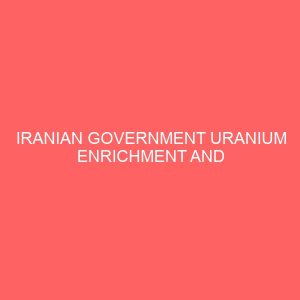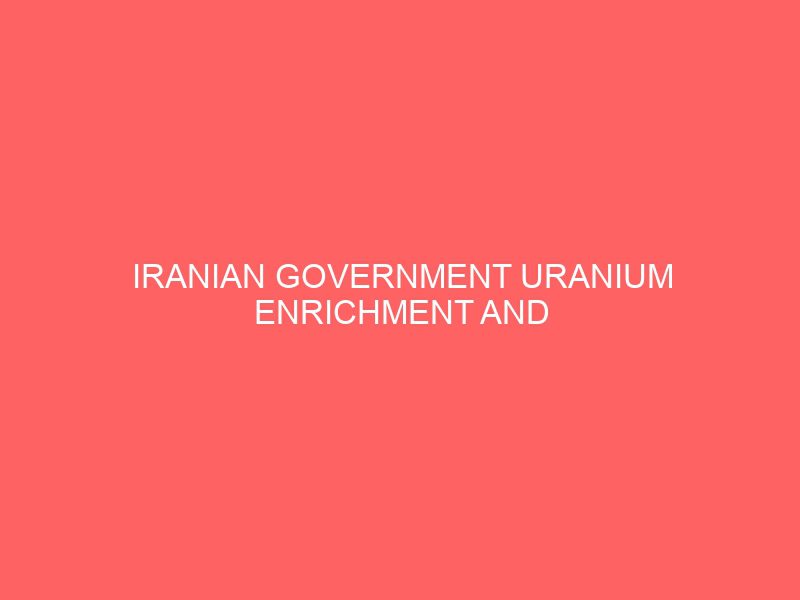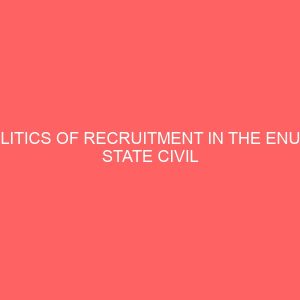Description
CHAPTER ONE INTRODUCTION 1.1 BACKGROUND TO THE STUDY Nuclear weapons are explosives designed to release nuclear energy on a large scale. Prior to 1945, wars were basically fought by conventional weapons that derived their power from the rapid burning or decomposition of some chemical compounds, leading to the release of limited amounts of energy, which caused limited degrees of damage. However, the development of the first atomic bomb (A-bomb), which was tested on 16 July, 1945, at Alamogordo, New Mexico, United States America, completely changed all known concepts of modern warfare. The A-bomb gained its power from splitting, or fission, of the atomic nuclei in isotopes of plutonium or uranium, causing the release of a massive amount of energy in a very short time. The strength of the explosion created by an atomic bomb is on the order of the strength of the explosion that would be created by thousands of tons of Trinitrotoluene (TNT). (Microsoft Encarta, 2009). We will interchangeably use the phrase ?atomic bomb?, ?nuclear weapons?, or ?nukes? in the course of this writing. There are two basic types of nuclear weapons: those which derive the majority of their energy from nuclear fission reactions alone, and those that use nuclear reactions to begin nuclear fusion reactions that produce a large amount of total energy output. The weapons whose explosive output is exclusively from fission reactions from the nucleus of the atom are commonly referred to as atomic bombs or atom bombs. The other basic type of nuclear weapon produces a large amount of its energy through nuclear fusion reactions by using the energy of a fission bomb to compress and heat fusion fuel. Such fusion weapons are generally referred to as thermonuclear weapons or hydrogen bombs (H-bombs), as they rely on fusion reactions between isotopes of hydrogen (deuterium and tritium). However, all such weapons derive a significant portion, and sometimes a majority, of their energy from fission. This is because a fission weapon is required as a ?trigger? for fusion reactions, and the fusion reactions can themselves trigger additional fission reactions. All thermonuclear weapons are considered to be much more difficult to successfully design and execute than miniature fission weapons (Muller, 2009). There are other types of nuclear weapons as well. For example, a boosted fission weapon is a fission bomb which increases its explosive yield through a small amount of fusion reactions, but is not a fusion bomb. Some weapons are designed for special purposes, such as the neutron bomb. Neutron bomb is a thermonuclear weapon purpo







